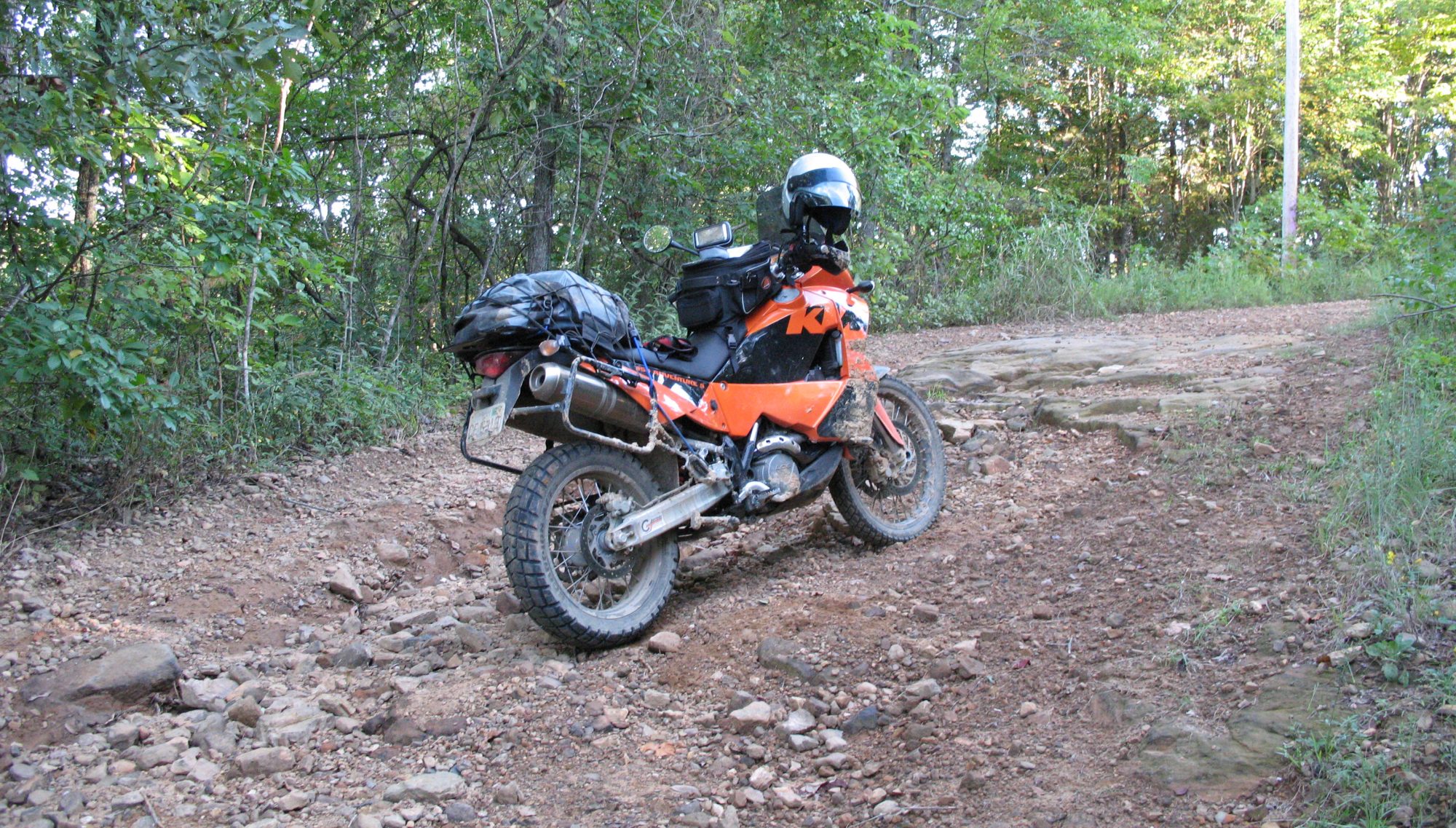The first problem to solve is to determine the width of the bottom bracket (BB). It needs to be wide enough that the inner chainring does not contact the driveside chainstay. 3-4mm is enough clearance to allow for some frame flex during hard efforts. On this frame, the 115mm width gives me the necessary clearance. The 111mm version might have been cutting it a little too close, but it’s difficult to see the actual chainline without installing the chain. For now, the BB is greased and installed, cups torqued to spec.
The crankarms are installed, using blue loctite on the crank bolts. I greased the washer and the bolt shoulder before torquing them to spec.
Installing the front and rear derailleurs is simple. This frame has a mount for a braze-on FD, so just a single bolt is used. I set the bottom of the FD cage with a couple of mm clearance to the large chainring. The RD fastens to the dropout hanger and is tightened in place.
Now some calculations are needed, to be sure that the derailleurs can properly shift the chain across all of the cogs in the back, and the chainrings in front. This is called chainwrap capacity, and this number is provided by the manufacturer for a specific rear derailleur. Their numbers are generally conservative and you can usually exceed them by a little bit without creating a problem. The medium cage Campagnolo Chorus rear derailleur has a chainwrap capacity of 36. You can calculate your chainwrap requirements by finding the difference between the largest and smallest cogs in the back (30-12=18) and the chainrings in the front (52-30=22) and adding those results together (18+22=40). That’s 4 larger than Campagnolo says will work, so I either need to accept some chain sag with certain gear combinations, or adjust the gearing to better meet the RD specs.
A long cage rear derailleur would solve the problem, but they are basically unobtanium and very expensive when and if you find one. I could use a rear cassette with a smaller big ring, but I’m building a climbing bike and I want the 30t cog in the back. I could make the large and middle chainrings smaller, going with 50-40-30, which would lower the chainwrap to 38. Those rings are expensive. What I chose to do was to replace the 30t small chainring with a 32t chainring. With 2 extra teeth, I now have a chainwrap of 38 – still larger then the recommended 36, but only by 2. Some careful adjusting of the B screw and it should work fine.
Sure, you can bolt parts together and they will usually work, but sometimes not very well. A bike that doesn’t shift reliably, or brake well, isn’t going to be an enjoyable ride and will probably gather dust rather than being ridden. Part of the challenge of bike builds is to make all of the components work well together.
Stay tuned for the rest of the story.
